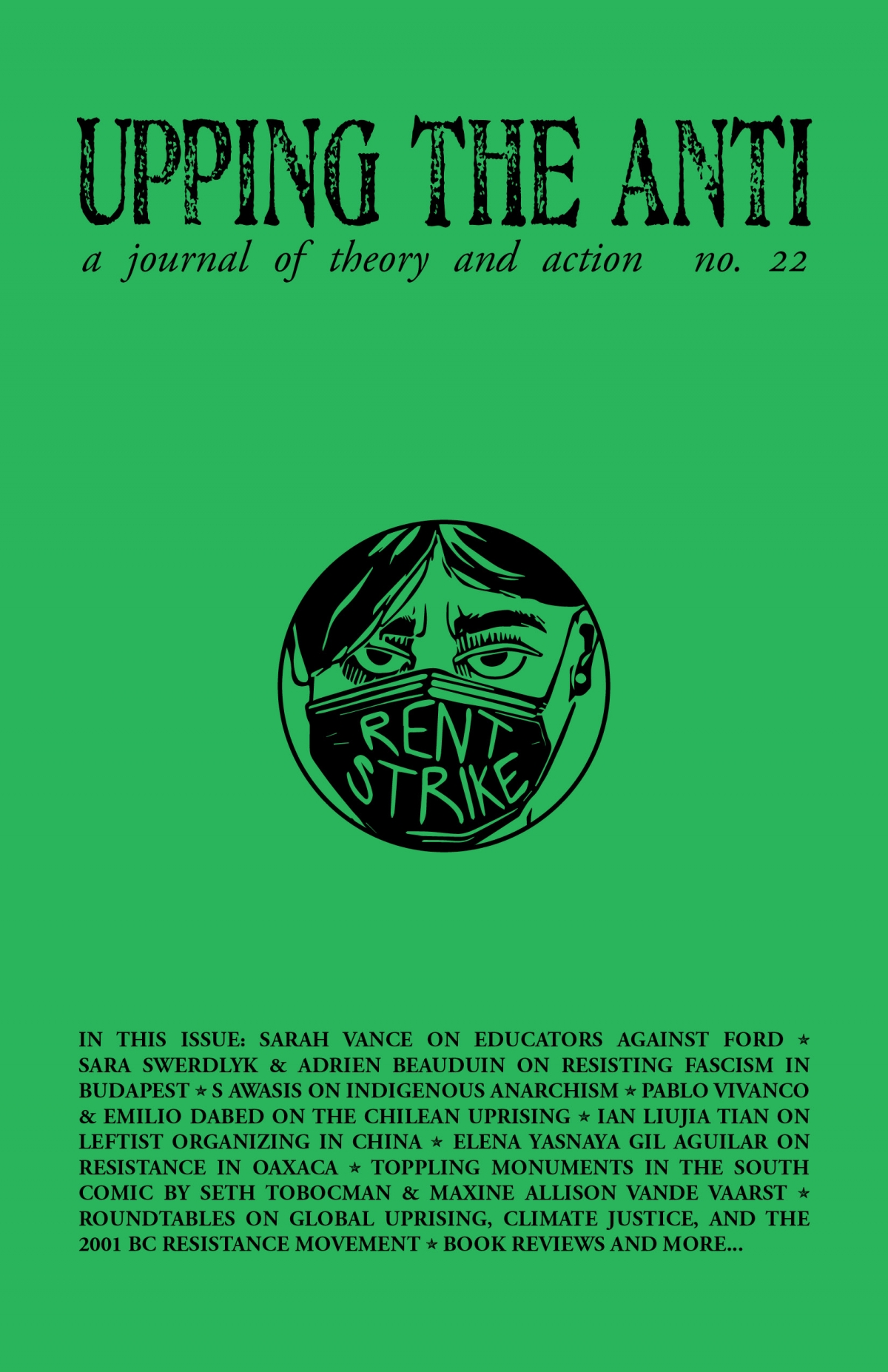Iconoclasm

Those who defend Confederate monuments sometimes argue that they are a form of history and that removing these monuments is tantamount to a desecration—if not outright destruction—of American historical memory. Such claims depend on the public interpreting “history” as an objective record of the past, rather than what it is—a series of often conflicting narratives that are forever being reproduced and reinterpreted in accordance with the values of the present. Of course, most advocating on behalf of the monuments have not made this mistake themselves. They understand that the way Americans think about their past is contingent on how we teach it, and on the lessons encoded within our commemorative landscape. That is, after all, why their forebears built these memorials.
Most Confederate monuments like Silent Sam are not the product of the immediate post-Civil War years, but rather of the early 1900s and the 1960s. It was in these decades, first following Reconstruction and then in the midst of the Civil Rights Era when white supremacists felt it most necessary to affirm their power in the face of organized Black resistance. The Confederate monument is a vessel for their bigotry, and an icon of the unequal power structures they profited from and supported. Their placement outside courthouses and other civic spaces tells us that they saw white supremacy as inseparable from the law. The bronze, steel, and stone used in their construction tells us that they intended for this system to last forever.
But history is never fixed, and this moment of profound reinterpretation is history as well. Our comic is meant to document a small sample of this new historical imagining, one which is being written not by the powerful, but by the marginalized. Now is the time to throw out old propaganda. We cannot change the past, but the chance at a better future is always in our hands.







Afterword
Seth Tobocman
On New Year’s Eve of 2019, I put on a slide show of my comics at the Museum of Reclaimed Urban Space in Manhattan. After the show, I was approached by Maxine Allison Vande Vaarst who asked to interview me about my history of activism, for a college paper she was working on. After the interview, I asked her what kind of political work she was involved in. She told me about her activism with the struggle to remove a Confederate monument from the University of North Carolina campus. I thought this would be a great subject for a comic strip. We agreed to collaborate on a series of comics about the Anti-Monuments Movement. This is the first of these comics. I thank Upping the Anti for providing a forum for such work. *

